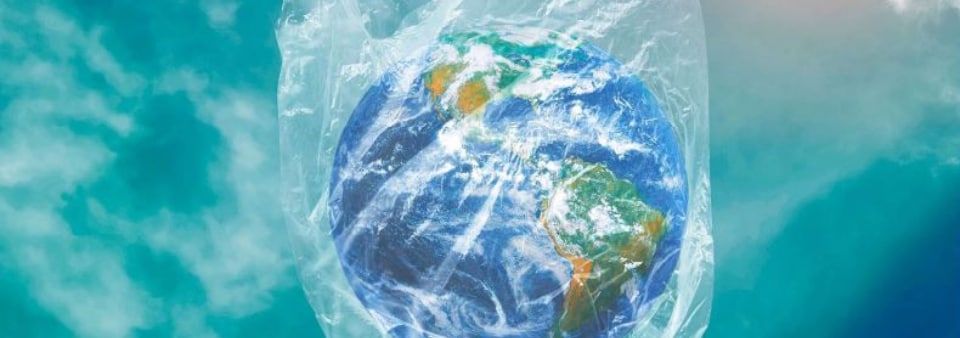PAS 9017:2020
PAS 9017:2020


PAS 9017 measures the biodegradability of polyolefins
What does PAS 9017:2020 cover?
Plastic pollution and littering is a huge problem globally, for which to date biodegradability has not been a viable solution. However, that’s now partly changed with the development of a technique that allows polyolefins to degrade in the open air on land. To quickly disseminate this technology across the plastic packaging value chain, a coalition that included industry, government, and academic experts wrote PAS 9017:2020. This document specifies the requirements that enable the biodegradability of polyolefins in an open-air terrestrial environment.
Why you PAS 9017:2020?
This PAS specifies requirements for the biodegradability of polyolefins in an open-air terrestrial environment.
It covers:
- Polyolefin composition targeted at biodegradability
- Degradation towards biodegradability from weathering, including:
o Criteria for the level of chemical transformation to be achieved by weathering in a simulated open-air terrestrial environment and appropriate test methods
o Method of chemical analysis to be used to yield quantifiable measurement of chemical transformation - Biodegradation, including criteria for the level of biodegradation to be achieved and appropriate test methods
- An assessment of terrestrial eco-toxicity from weathering
- Claims of biodegradability by manufacturers of end-products or by brands using polyolefin-based packaging for industry and end-markets that the additive based end-products conform with the criteria within this PAS
The PAS does not cover:
- Freshwater, marine, landfill, and anaerobic environments of biodegradation
- The effect of marine pollution, such as bioaccumulation of plastics and its effect on biodiversity
- Pre-testing to determine at what point biodegradation is triggered
- A larger concept for the end of life scenarios for plastics and potential recycling pathways
- Assessment of origin of used polyolefinic material and therefore potential resulting biodegradability
- Industrial composting, home-composting, or related end of life scenarios for polyolefin-based products
- Compatibility of biodegradable additive-based polyolefin end-products with recycling
- The life-cycle assessment analysis of the end-product, its manufacture, its conversion to packaging, and end of life scenarios including littering or leakage from waste management streams
- Claims made by brands or manufacturers to end consumers about polyolefinic end products
NOTE: Claims related to the end products by brands or manufacturers should be made according to ISO 14021




